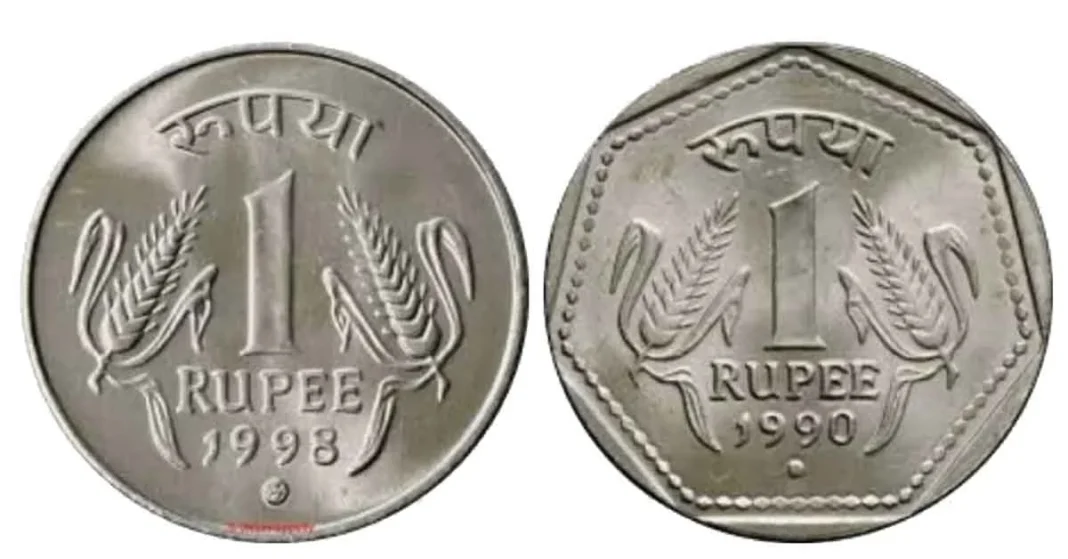We barely give one-rupee coins a second thought, throwing them around like confetti. But one day you ask yourself, is it really only one rupee to manufacture that coin? That turns out to be too easy. That small piece of metal really costs a little more to mint than its face value.
In 2018, it was discovered through an RTI answer that the real cost of minting one ₹1 coin was approximately ₹1.11. In other words, simply to produce it, the government spends 11 paise more each coin. It may sound a little startling, but believe me, there are several factors that contribute to it.
Let’s dissect it, just as you would while sipping your chai:
Costs of Materials
The one-rupee coin is made of stainless steel, not some cheap alloy. When minting millions of coins, the raw steel and additives required to achieve the ideal hardness and brilliance can be somewhat expensive.
Minting Equipment & Labor Coins are stamped rather than printed. That requires large presses, precisely carved steel dies, quality assurance, equipment upkeep, and payroll for the personnel managing all of that. All of this soon adds up.
Overheads and Energy
It takes a lot of electricity to run mint presses with strict requirements. Another significant expense is the manufacturing building, administration, security, and everything else involved in maintaining efficient operations.
Distribution, Handling, and Design
Coins must be packaged after production and sent to banks and automated teller machines nationwide. Heavy metal transportation isn’t free; cargo fees also pile up.
All things considered, ₹1.11 appears to be reasonable. According to some estimates, the cost may have increased over time, possibly reaching ₹1.20, particularly if steel or energy prices increase. Coin minting is also not spared by inflation.
It’s interesting to note that governments typically use seigniorage—basically, the difference between face value and production cost—to profit from coinage. Because it costs more to create than it is worth, the ₹1 coin is considered negative seigniorage. Economically speaking, that’s not good, yet small denominations like this are necessary for ease and daily transactions.
Other faiths perform better:
The cost of minting the ₹2 coin is around ₹1.28.
The cost of a ₹5 coin is roughly ₹3.69.
The cost of a ₹10 coin is ₹5.54.
These aren’t as costly in relation to the ₹1 coin, but they still represent a slight loss when compared to face value.
Forum users occasionally point out that we’ve already witnessed shrinkflation, in which coins get thinner or smaller as inflation and metal prices increase. Sometimes you notice that a coin feels lighter than it used to, and there’s a reason for that.
So why put up with this “loss”? Real talk: the ₹1 coin is generally accepted, handles vending machines, and lasts longer than notes. Making change with a portable coin is still the most convenient method in many small businesses or unofficial marketplaces. It simply functions.
Some casual user comments mention that minting small denominations is frequently a subsidy or state that “material costs peak above face value.” That’s precisely what it is: a modest but enduring government subsidy to maintain the pace of change.
Production costs will most likely continue to rise in the future until material prices or mint efficiency decrease. To save money, governments may alter metals or designs, but change is gradual. People continue to hope for coins that are reliable and long-lasting, or maybe more digital solutions that would eliminate the need for actual change.
Each one-rupee coin you carry about ultimately costs more to produce than it is worth. However, even if the figures don’t add up conventionally on paper, it represents the preservation of useful, everyday cash. Beyond only metal and minting costs, there is also utility and trust.
